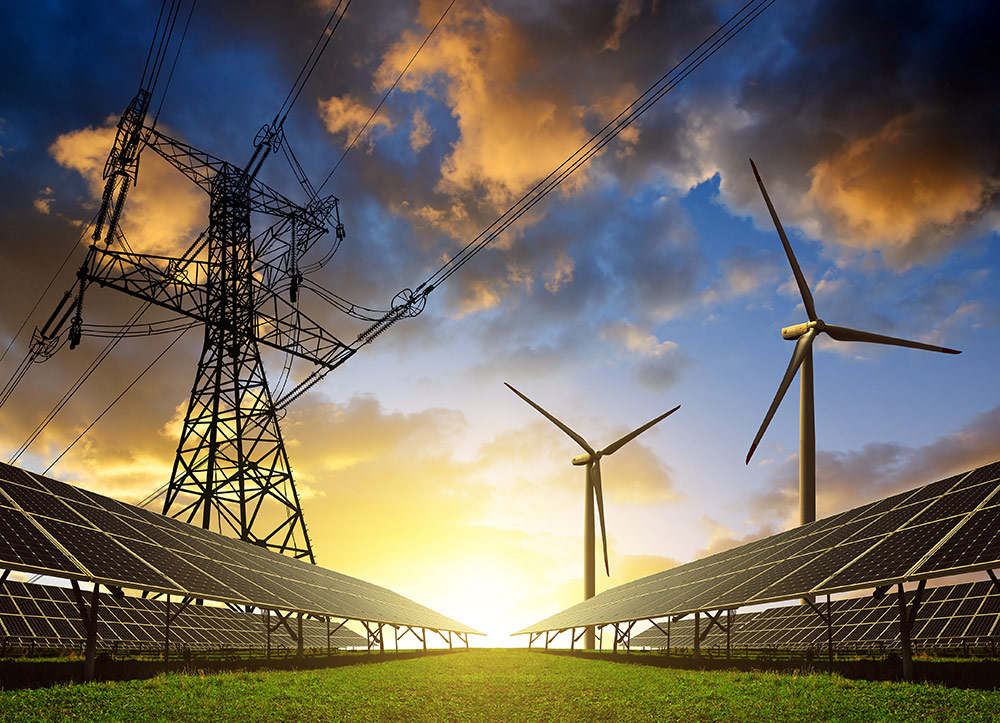Oil and gas industry leaders are increasingly adopting net-zero targets for emissions reduction, focusing on Scope 1 and Scope 2 emissions. However, Scope 3 emissions, which account for 80% of the industry’s GHG emissions, remain a challenge.
Why it matters: Reducing GHG emissions in the oil and gas industry is crucial for addressing climate change. Transitioning to renewable energy, utilizing natural gas and implementing carbon capture strategies are key steps in achieving emissions reduction goals.
While reduction of greenhouse gas (GHG) emissions is a concern across all industries, oil and gas enterprises are uniquely affected by stakeholder pressure and climate change regulations. They’re also unusually limited in the strategies their leaders might adopt to reduce emissions. ConocoPhillips, Chevron, EOG Resources, Pioneer, Chesapeake and other industry leaders, however, have already articulated net-zero targets for direct emissions from their own equipment (Scope 1) as well as for emissions resulting from their own energy use (Scope 2). To meet those targets, they’re reducing routine flaring and leaks. They’re also introducing new efficiencies like using electricity generated from renewable power sources to fuel their own operations. In addition, they’re improving their capabilities to measure emissions more precisely.
But even as they make progress against Scope 1 and Scope 2 goals, energy businesses struggle to identify effective strategies to reduce emissions generated by their businesses’ users and consumers (Scope 3). It is these Scope 3 emissions, however, that account for around 80% of the industry’s GHG emissions.
Manufacturers of consumer appliances, for instance, might encourage fuel-efficient consumer use of their products. On the other hand, energy providers eager to reduce Scope 3 emissions find themselves in the unusual position of getting consumers to reduce the usage of the very products it’s their business to purvey.
The International Energy Agency (IEA) recently predicted that fossil fuels’ contribution to the global energy supply will drop in the near future, largely driven by climate and energy policies. International energy industry advisory DNV’s Energy Transition Outlook North America report estimates that energy-related CO2 emissions will fall 75% by 2050.
Nevertheless, oil and gas companies have been proficient at delivering the energy to fuel economies all along, and many see delivering energy from natural gas as the way forward for the oil and gas industry. The EIA notes that “Burning natural gas for energy results in fewer emissions of nearly all types of air pollutants and carbon dioxide (CO2) than burning coal or petroleum products to produce an equal amount of energy.”
Toward a renewable future
Meanwhile, investment in clean energy has jumped 40% since 2020. In its World Energy Outlook 2023, the IEA said it anticipates that renewable energy will increase from today’s 30% to nearly half of the energy mix before the end of this decade. Some oil and gas enterprises are contemplating a transition to supplying sustainable energy as a way to meet GHG emissions reduction commitments.
The case for carbon capture
Other businesses are embracing strategies like carbon capture and storage (CCAS), whereby carbon dioxide from industrial operations is treated and stored away long-term to keep it out of the atmosphere. Occidental Petroleum’s Stratos project will ultimately inject 500,000 tons of carbon dioxide into underground rock formations each year. Ground broke at the Texas facility in June 2023, and the facility will be fully operational in 2025. It will remove carbon from the atmosphere using direct air capture (DAC) technology. (Stratos is Occidental Petroleum’s second carbon-capture initiative.)
In August of this year, the U.S. Department of Energy (DOE) announced funding to help develop two additional commercial DAC facilities. U.S. Secretary of Energy Jennifer M. Granholm said, “DOE is laying the foundation for a direct air capture industry crucial to tackling climate change — transforming local economies and delivering healthier communities along the way.”
While carbon sequestration has been around for decades, oil and gas enterprises like Occidental and Royal Dutch Shell can offer carbon capture as a service, whereby significant emitters of GHGs can outsource at least some of their emissions reductions to trading partners.
Assuring stakeholders and ensuring progress
Whatever strategies an energy company pursues to reduce its GHG emissions, it’s helpful to establish a precise snapshot of its current carbon footprint, including the sources of all emissions in Scopes 1, 2 and 3. Using their own experts or external partners, leaders can:
- Assess their enterprise’s performance against peers as well as against established and emerging standards in the jurisdictions where they operate
- Keep current with established and emerging requirements concerning GHG emissions and other climate reporting
- Work to improve the precision of their emissions data and assure the accuracy of climate reporting and sustainability marketing
- Align with best practices for GHG accounting
- Pursue a variety of reduction strategies whose goals may include improving process controls and optimizing the supply chain
- Consider shifting their business models toward delivering energy from renewable and less polluting energy sources
Worldwide pressure and unique challenges
The worldwide pressure to reduce GHG emissions affects oil and gas companies unlike any other industry. Leaders in energy businesses are addressing the challenge by introducing changes that range in both effort and effect. These include everything from using greener energy supplies in their own operations to a fundamental overhaul of the business model for delivering renewable energy.
Whatever course oil and gas leaders choose to pursue, precise measurement of the enterprise’s current GHG emissions supports ongoing tracking and enables accurate reporting of GHG emissions reduction attainments to regulators and stakeholders alike.






